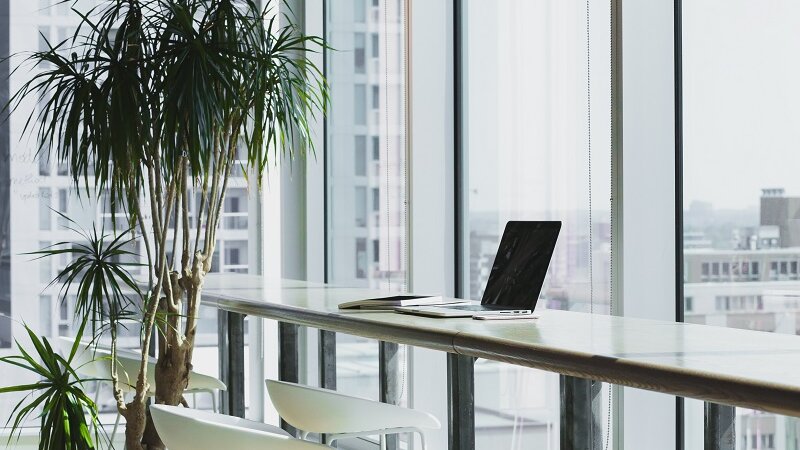Declutter Your Working Area
Episode #3 of the course How to set up a productive working environment by Melissa Chu
Back in lesson one, I explained the “set it and forget it” approach. You set up the system the first time around so that it becomes almost automatic to keep things that way.
Today, we’re going to put that into practice. By organizing your workspace properly, it’ll be easier to maintain later.
Decluttering your workspace is more than simply aesthetics. It’s about changing the way you think. A study has shown that clutter hurts productivity by: 1) draining cognitive resources and causing procrastination, 2) increasing stress and anxiety levels, and 3) triggering coping strategies such as snacking and watching videos.
A clean desk, however, helps you focus and process information more easily, which increases your productivity.
Are you ready to begin?
How to Organize Your Workspace
Here’s how you can declutter and reorganize your workspace to get the most work done:
1. Set aside some spare time.
Maybe you’ve tried cleaning up your desk little by little. Once in a while, you toss out an old pen or stack up your loose papers. Yet, the clutter keeps building up because you need to keep reminding yourself to get organized.
The problem is that clutter breeds clutter. You can’t organize things on top of something that’s already messy. When you do occasional clean-ups, you end up scratching only the surface.
To get to the root of the issue, you need to clear out time in your schedule. Set aside a quiet afternoon and organize your things for once and for all.
2. Take out all items and decide what you need.
Take out all your items, including everything on your desk and inside your drawers. Put them onto an empty surface, such as an empty table or on the floor.
Using the chart you created yesterday as a guide, go through your items and decide which category they fit into:
Category #1: Item necessary for work – Items you use regularly for work, such as stationary, work templates, or reference materials.
Category #2: Item suitable for a non-work room – Items you use that are unnecessary or distracting to your work. This includes snacks and food that belong in the kitchen, or entertainment devices that should be kept far away.
Category #3: Item to be discarded – Here’s a hint: the more hidden away an item is, the less you need it. You may have even forgotten its existence.
Ask yourself, is the item driving you towards your goal?
3. Give each item a home.
There’s a saying: “A place for everything and everything in its place.”
Every item has a home, where it belongs to similar items. Paper clips belong in a small container, pens and pencils in a tray, and papers in a box. You should only take out items that you’re actively using, and once done, put them back in their “home”.
Your desk drawers should be organized by frequency of use. For instance, my top drawer contains basic stationery that I use daily, such as pens, pencils, and clips. My middle drawer has items I use regularly, including cleaning materials, scissors, and tape. My bottom drawer has larger items I use occasionally, including folders, blank paper, and reference materials.
When you have a designated spot for your items, you don’t have to waste time looking for what you need.
4. Create a flow for your work.
There are three types of work: work to be done, work in progress, and finished work. If you work with paper and physical files, your workplace organization should reflect this state of flow.
Ideally, your work should move from one direction to the other. Files to be worked on to your left, your active file on your desk, and completed files on your right. Files that are not being worked on can be stacked, clearing up space on your desk for the file you’re working on.
Unburden Yourself by Getting Rid of Clutter
When you get rid of all the clutter, it’s as if a burden has been lifted off your shoulders, leaving you lighter than before. Once you’ve organized your working space, it’s easier to maintain.
Tomorrow, we’re going to organize your computer files. You’ll set up a system that ensures your files are clutter-free, properly categorized, and easy to find.
Melissa
Recommended book
Digital Minimalism: Choosing a Focused Life in a Noisy World by Cal Newport
Share with friends

